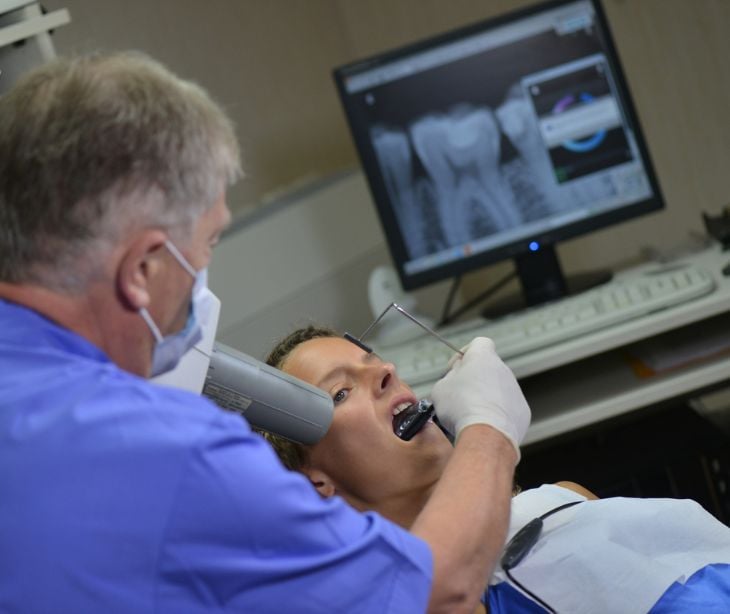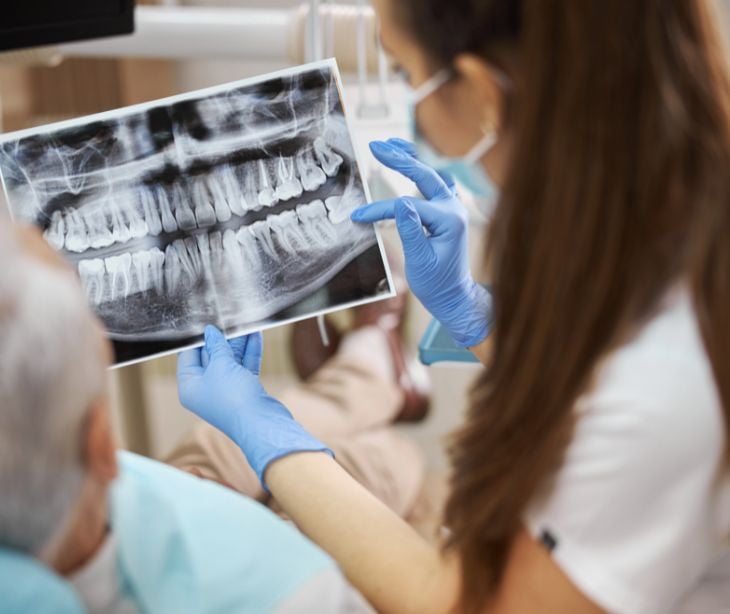
Dental practices must adhere to HIPAA requirements regarding patient consent and authorization when handling dental imaging. Understanding these requirements and following the guidance provided in this article can help ensure compliance in dental imaging procedures.
Patient consent and authorization
- Informed consent for treatment: Obtain informed consent before performing any dental imaging procedure. Informed consent ensures that patients understand the purpose, risks, benefits, and alternatives of the imaging procedure. Dental professionals should provide clear and comprehensive explanations, answer any questions, and document the consent process to ensure transparency and patient understanding.
- Authorization for PHI disclosure: Patient authorization is required under HIPAA to share dental imaging records with external entities, such as specialists or insurance companies. This authorization should be in writing and include specific elements, such as the purpose of the disclosure, the identification of the recipient(s), and the patient's signature and date. Dental practices must obtain proper authorization unless the disclosure falls under an exception specified in HIPAA.
- Notice of privacy practices (NPP): Dental practices must provide patients with a notice of privacy practices. This document outlines patients' privacy rights, explains how their PHI will be used and disclosed, and provides information about their rights to access, amend, and request an accounting of disclosures. The NPP should include specific details related to dental imaging procedures, such as the purpose of capturing images, their storage and access, and any potential disclosures to external parties.
Go deeper:
- What makes a patient consent form HIPAA compliant in dental practices?
- Dental imaging and HIPAA compliance
Additional considerations for dental imaging
- Business associate agreements (BAAs): Dental practices must have BAAs in place when they engage third-party vendors or contractors to provide dental imaging services. BAAs define the responsibilities and obligations of these vendors to protect PHI and comply with HIPAA regulations. The BAA ensures that the vendor understands the importance of patient privacy and data security.
- Patient rights and access: HIPAA grants patients several rights regarding their PHI. Patients have the right to access their dental imaging records, request amendments or corrections to their records, and obtain an accounting of disclosures made by the dental practice. Dental professionals should establish processes to fulfill these patient rights promptly and securely.
- Retention and disposal: Dental practices must establish policies and procedures for the retention and disposal of dental imaging records. The retention period should comply with applicable state laws and the practice's internal policies. Dental imaging records should be securely stored to prevent unauthorized access, and proper disposal methods, such as shredding or secure electronic deletion, should be followed when the records are no longer needed.
- Training and awareness: Train staff members involved in capturing, handling, or accessing dental imaging records on HIPAA requirements, privacy practices, and security protocols. Regular training sessions and updates should be conducted to reinforce the importance of patient confidentiality and data security.
- Breach notification: In the unfortunate event of a breach of unsecured PHI, dental practices must adhere to HIPAA's breach notification requirements. If the breach poses a significant risk to the affected individuals, the dental practice must notify them immediately. Additionally, the breach must be reported to the Department of Health and Human Services (HHS) and, in some cases, the media. Dental practices should have a breach response plan to address potential breaches promptly and effectively.
- Electronic health records (EHR): Dental practices must implement additional security measures when using EHRs to protect dental imaging records. These measures include access controls, encryption, audit logs, and regular system updates and maintenance. Dental practices should ensure that their EHR systems comply with HIPAA's stringent security requirements.
Dental practices must ensure compliance with HIPAA's requirements for patient consent and authorization for dental imaging.
Related: HIPAA Compliant Email: The Definitive Guide
Subscribe to Paubox Weekly
Every Friday we'll bring you the most important news from Paubox. Our aim is to make you smarter, faster.




